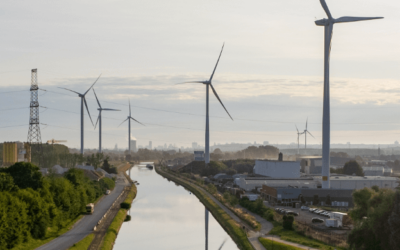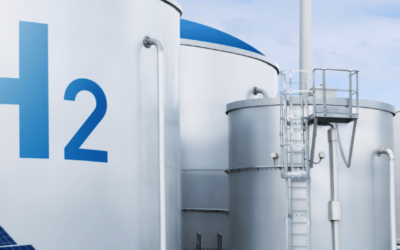Many project developers, industrial companies and other interested parties are already busy preparing their SDE++ subsidy applications. In doing so, they can call on EGEN, which has years of experience with this scheme. For instance, EGEN developed a strategic study, which applicants can use to optimise their chances. How that works? Read it in this article.
About the SDE++ subsidy scheme
SDE++ stands for ‘Incentive scheme for sustainable energy production and climate transition’. This Dutch scheme offers multi-year operating subsidies for ‘climate investments’. Think of installations for the large-scale generation of sustainable energy, or certain CO2-reducing installations, which contribute to the energy transition and the reduction of greenhouse gases.
The subsidy scheme works with annual application rounds, in which project developers can apply for compensation for the so-called ‘unprofitable top’ in the operation of sustainable production installations (such as wind turbines, solar parks and industrial heat pumps). However, not all applications are honoured. This is because with this subsidy, the more cost-efficient the production installation reduces CO2, the higher the success rate of the corresponding SDE++ application.
Application round and submission strategy
This year’s SDE++ application round is open for applications from 10 September to 10 October 2024 with available budget of 11,5 billion euro. Something that is very important with the SDE++ subsidy is a good submission strategy: it determines the feasibility and return on investment of an SDE++ project. After all: bidding high leads to a higher project return, but at the same time lowers the chances of getting a subsidy. It is therefore good to know what the competition is doing. This offers applicants an important strategic advantage when submitting an SDE++ subsidy application with optimal chances of success.
Important questions in determining a good submission strategy are:
- What is the expected SDE++ budget claim per category?
- At what price do other project developers bid?
- Within which phase is it best to bid?
Importance of the Market Intelligence Study
EGEN’s experts developed a handy and practical tool for parties working on a new SDE subsidy application: the ‘SDE++ Market Intelligence Study’. This market intelligence study addresses the above questions and offers clear insights for subsidy applicants. For example, about the right timing of an application and a prediction of the budget claim per SDE++ category. We also analyse the course of the budget claim over time.
For example, the scheme consists of five submission phases, with phase 1 containing the most cost-effective technologies, followed by phases 2, 3, 4 and 5. The Market Intelligence Study thus provides a solid basis for determining an optimal bid price for your SDE project.
The 2024 SDE++ round has a subsidy budget of 11,5 billion euro. This is a significant amount, although a significant part will be claimed by some very large projects (e.g. around CCS). In addition, there is often a lot of competition in projects around solar parks (especially due to the large number of applications). Regardless: the 2024 SDE round means an important step on the road to more sustainable energy and a better climate!
Interested?
Do you need valuable insights to determine your SDE submission strategy? Then ask for more information about our SDE++ Intelligence report! The report is particularly interesting for project developers working on complex SDE projects. Interessed in the SDE++ Intelligence report? Read here more about the SDE++ Intelligence report and fill out the form and we will contact you!
Contact
If you want to know more about the SDE++ subsidy or the SDE++ Intelligence report, our EGEN experts will be happy to help! Contact us via the contact form.


